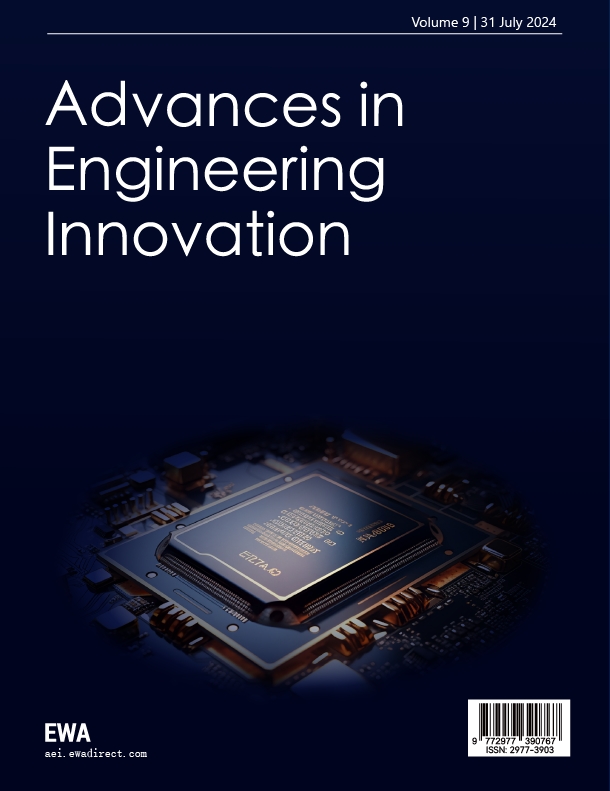References
[1]. Hou, B., Yin, L. H., Xia, J. S., Yan, R. W., & Chen, Y. (2016). Research progress on supercapacitor electrode materials.Journal of Henan University, 3, 286–306.
[2]. Wei, Z. S., Wu, L., Li, L., & Ji, Y. (2023). Flexible supercapacitors and their research progress.Progress in Textile Science and Technology, 3, 1–5.
[3]. Sun, H. X., Qi, J. L., Yu, K. P., & Yin, J. Z. (2024). Research progress on ionic liquids as electrolytes for supercapacitors.Chemical New Materials, 9, 13–17.
[4]. Na, D., Zeng, L. Y., Li, H. B., & Zhao, Y. Q. (2025). Opportunities and challenges of biochar—an emerging carbon-based material in electrochemical energy storage.Yunnan Chemical Industry, 3, 1–4.
[5]. Liu, H., & Han, W. (2015). Research on supercapacitor separators and electrolytes (Master’s thesis, Jilin University).



